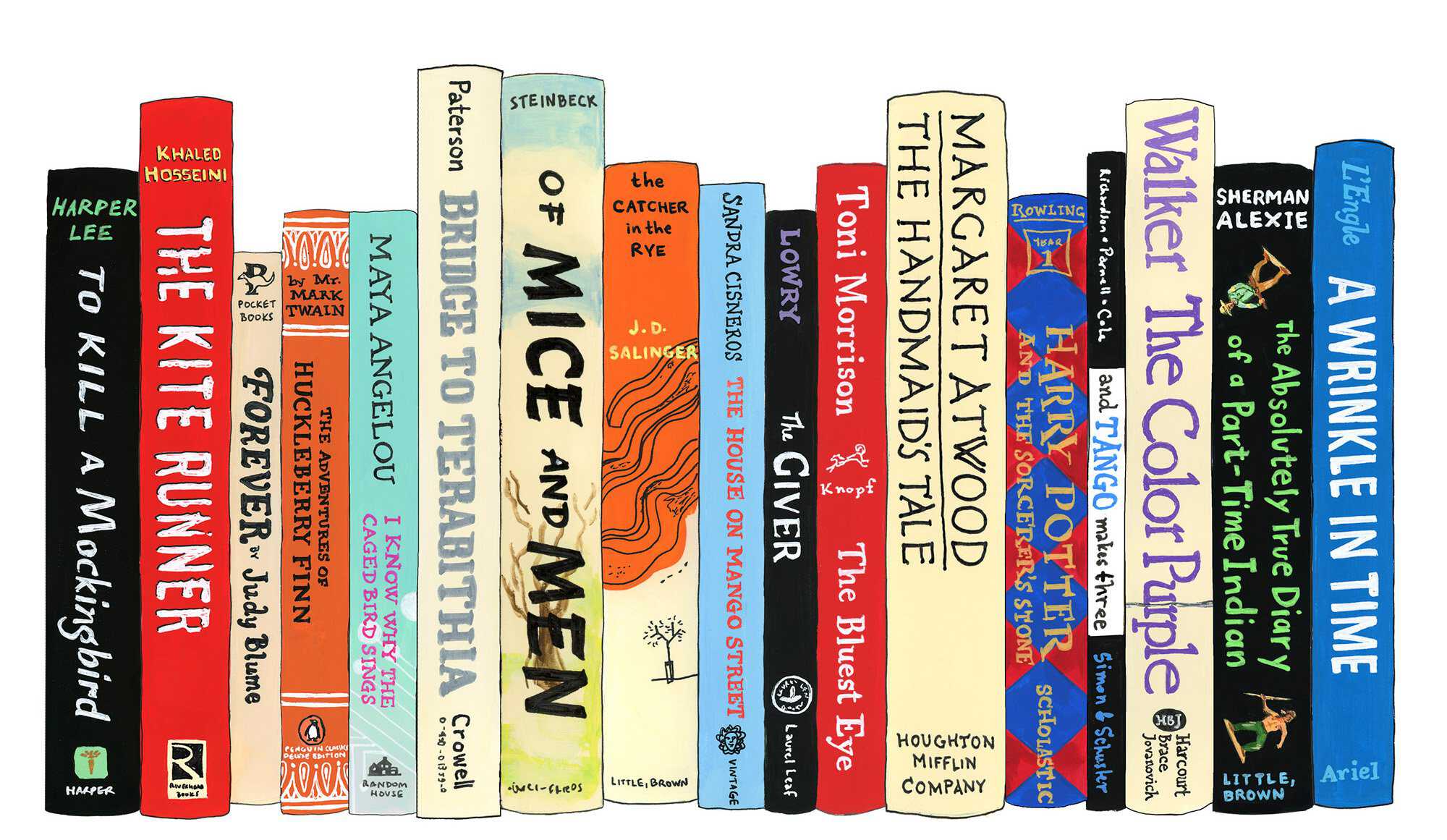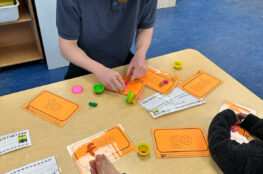
“Censorship is the child of fear and the father of ignorance.” – Laurie Halse Anderson
The representation of all students:
Being a white straight male, there have been lots of things that have been inherently easy for me, something that I have taken for granted, is representation in books. Harry Potter, Lord of the Rings, and The Outsiders captivated me as a student and still do. Besides being cult classics, the common theme is that I see a little bit of myself in all the main characters, everyone is white and straight. I am not saying that someone who doesn’t have the same skin colour can’t relate to those books, but a vast majority of books do not let all students be represented. I remember reading “No David” on the couch with my mom when I was a little kid, and thinking to myself, “Oh my gosh, he’s just like me.” David was a young, white boy who got into mischief, and I saw myself in him. I think this was something I have definitely taken for granted, I was able to go through schooling and see myself wherever I looked. I think it is difficult for me to take the perspective of someone who didn’t experience, but from learning from others and taking the time to read through mirrors, windows, and sliding glass doors, I understand the impact that having representation for all students, not just the majority of students is so essential, every child needs to see themselves in the books they read.
Banning Books:
A surefire way to make sure that students don’t see themselves in books, is by banning the ones that include minority groups such as LBGTQ+ and BIPOC students. Censorship is a tricky tightrope to walk as a teacher, but in most circumstances, I am not a fan. Censorship of information is a key part of fascist governments and dictatorships, and can be used as a tool to diminish the knowledge of citizens. So right away, the idea of censorship is something I am not a fan of, freedom of speech is protected under the Canadian Charter of Rights and Freedoms, and is essential for having an educated, involved society. While during class, I saw that books like Tango Makes Three and Maus are some of the most banned books in North America, and it made my blood boil. Restricting what students can and can’t read limits exposure to concepts that challenge the norm of what students read, it blows my mind that “The Diary of Anne Frank” is banned, but “Diary of a Wimpy Kid” is praised, and thats not a slight to those books, I love them—still, limiting the exposure of what students can and cannot see shrouds the student’s mind from concepts that might be essential in student growth. With the current curriculum emphasizing critical thinking, removing books which curate the most critical thinking is counterintuitive. Most banned books disproportionately target marginalized voices, restricting students from exposure to essential topics and preventing them from seeing themselves in text. Books like “The Hate U Give” are prime examples of institutions targeting books that tackle subjects they don’t want students to read. As a teacher, it is not my job to tell students what they can and can not read, students have infinite access to information, so to say that something is banned and inaccessible is ineffective; Banning a book in a school library is like building a fence around one tree in a forest and declaring it off-limits, while the rest of the forest remains open for exploration. The tree is still there, just a short walk away, and the fence does little to prevent anyone from finding it—it only creates an illusion of control. This applies to all things, such as SOGI; if students want to find something, the resources to find something are a few clicks away. Restricting information or books from students does not address the root cause of everything, teaching students to think and analyze information critically provides a much stronger solution. While book banning and freedom of speech is a difficult topic to navigate as a teacher, it is clear that book banning is an ineffective way to control information, especially with the internet, and banning books limits students’ ability to critically think, creating a less prepared individual for the real world.

